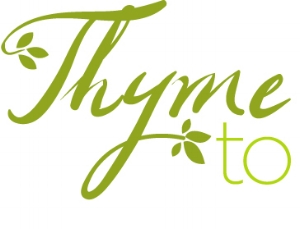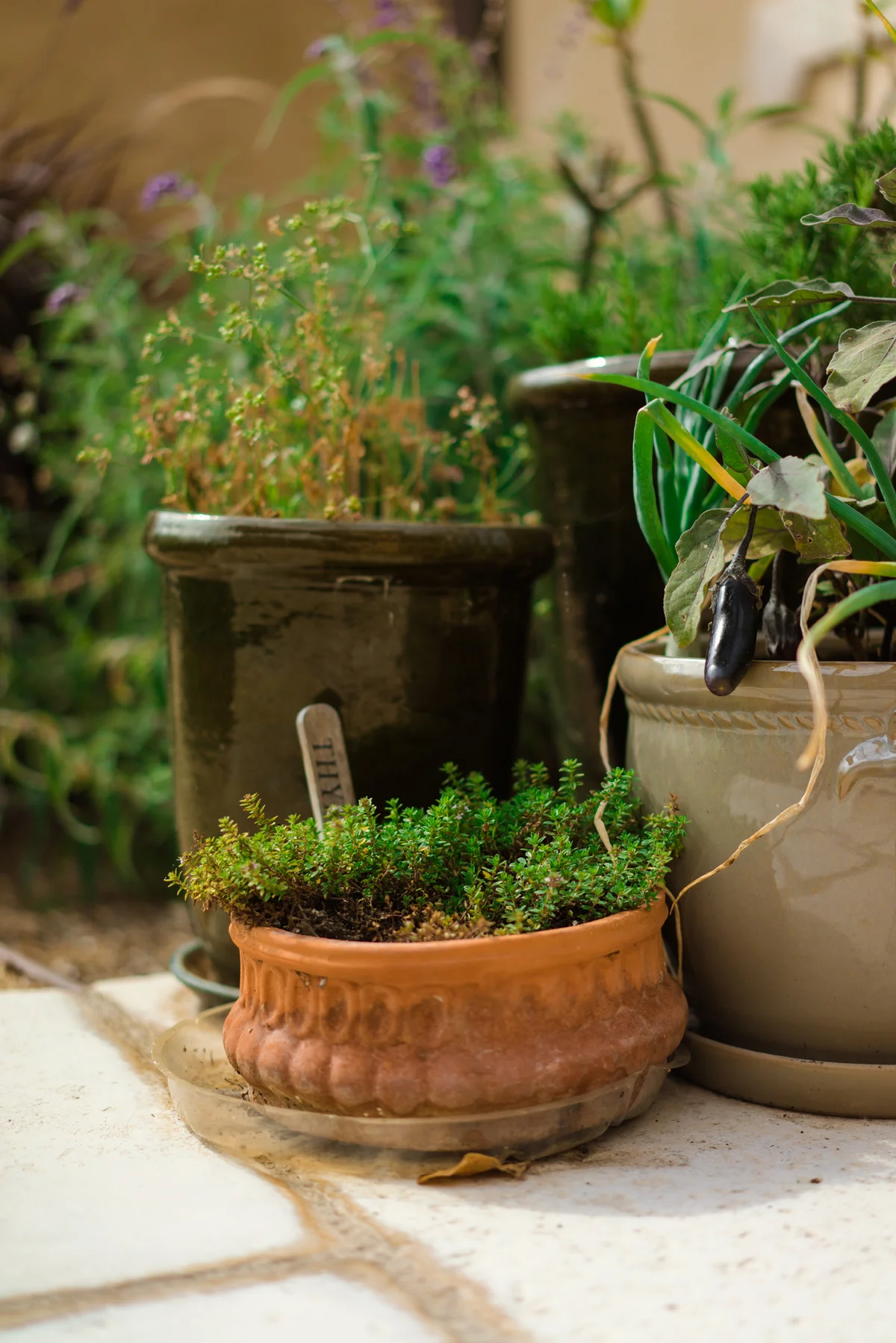Choreg With Halvah
Traditionally, in Middle Eastern communities, baking choreg is an Easter ritual. This bread is egg-enriched, formed in braided strands of dough. It is rooted in European cuisines as well as Eastern and central Asia.
This sweet bread is called Tsoureki in Greek, Choreg in Armenian, Brioche in French, Challah in Hebrew, Cozonac in Romanian, and Kozunak in Bulgarian. In the Greek tradition, this same bread is baked for all three major holidays: Easter, Christmas and New Year’s. They are named differently for each holiday. In the Armenian tradition, a large batch of Choreg is baked for Easter and a small coin is hidden in one of them. For whom ever gets it, it indicates good luck.
Each country has a slight variation of spices included in the recipe from cinnamon, to cardamom, to cloves…
My recipe is a traditional Armenian Choreg, but I have also added my twist to it, with a filling of Halvah, which is a sweet sesame paste. You can do the traditional version much the same way that I will describe without the filling.
Choreg:
Fill one cup with eggs (usually 6 to 8 eggs), depending on the size of eggs used
1 cup milk
1 ½ cups sugar
1 teaspoon ground fenugreek
1 ½ tablespoons ground mastic gum (can substitute xanthan gum)
2 packs yeast
½ cup warm water (100 degrees Fahrenheit)
2 sticks of unsalted butter, melted
½ teaspoon each of cinnamon and cloves
1 teaspoon each of ground anise seed, fennel seeds
A pinch of nutmeg
All purpose flour
Place the yeast in warm water, along with 1 teaspoon of sugar and allow to bloom in a draft free corner for about 15 minutes.
Put the eggs, milk, sugar, fenugreek, mastic gum, the melted butter, and all of the spices in a large bowl. Add the yeast once it has bloomed and start adding flour. Knead with both hands until the dough does not stick to your hands when kneading. Cover with a towel and let the dough rise in a draft free corner for about 2 hours.
Halvah Filling:
1 cup tahini
1/3 cup of honey
1 ½ teaspoons vanilla extract
½ teaspoon cinnamon
Pinch of salt
1 large egg
1 ½ cup finely chopped halvah
Sesame Seeds for sprinkling (optional)
Stir the tahini with honey, vanilla, cinnamon and the salt. If too thick, add 2 tablespoons of water to smooth it out. In a separate bowl, beat the egg with 1 tablespoon of water. Set aside.
Once the dough has risen, preheat the oven to 375 degrees Fahrenheit. Line two baking sheets with parchment paper. Cut the dough in half. Cover one half and work with the other.
Divide other dough on the work surface into three equal pieces. Using a rolling pin, roll one piece into a rectangle. Spread 1/4 cup of the tahini mixture on top, making sure you leave a half inch border on each side. Sprinkle the crumbled Halvah on top of this mixture. With the long side facing you, roll up the dough into a log. Press and seal the ends together. Repeat with the remaining two pieces. Arrange the three logs on one of the baking sheets and braid them together.
Brush with the egg wash and sprinkle with the sesame seeds (optional). Bake the Choreg for about 30 minutes in the middle of the oven, making sure you rotate in the oven depending on each oven. I usually use convection bake for my choregs and I don’t feel the need to rotate the pans.
If you chose not to use the halvah filling, cut the dough into three pieces, roll them out into logs and braid them and bake the same way. You can also shape them into smaller individual pieces as shown in the pictures.
Anushner!
Photography by: Kendra Jekel Photography















